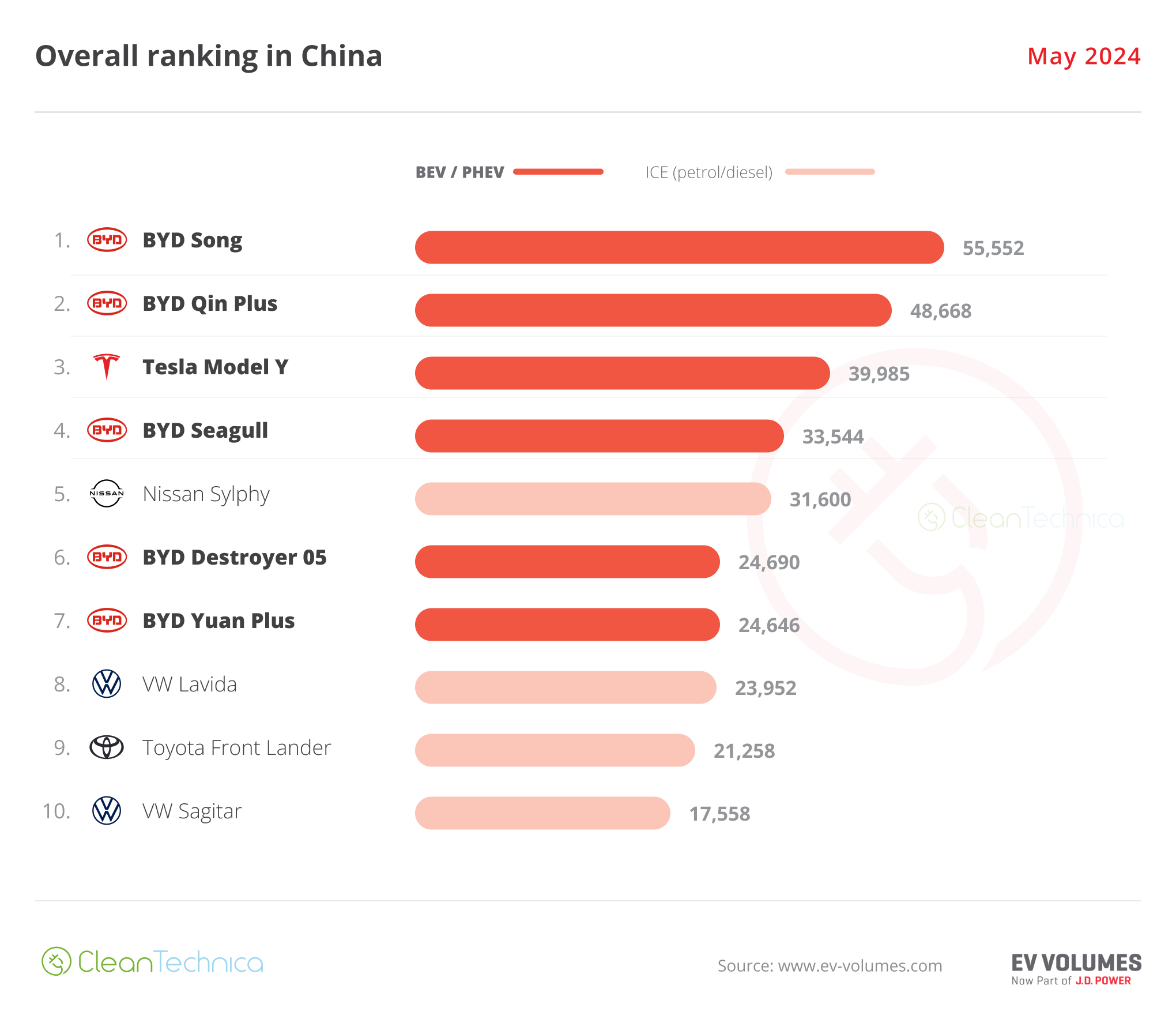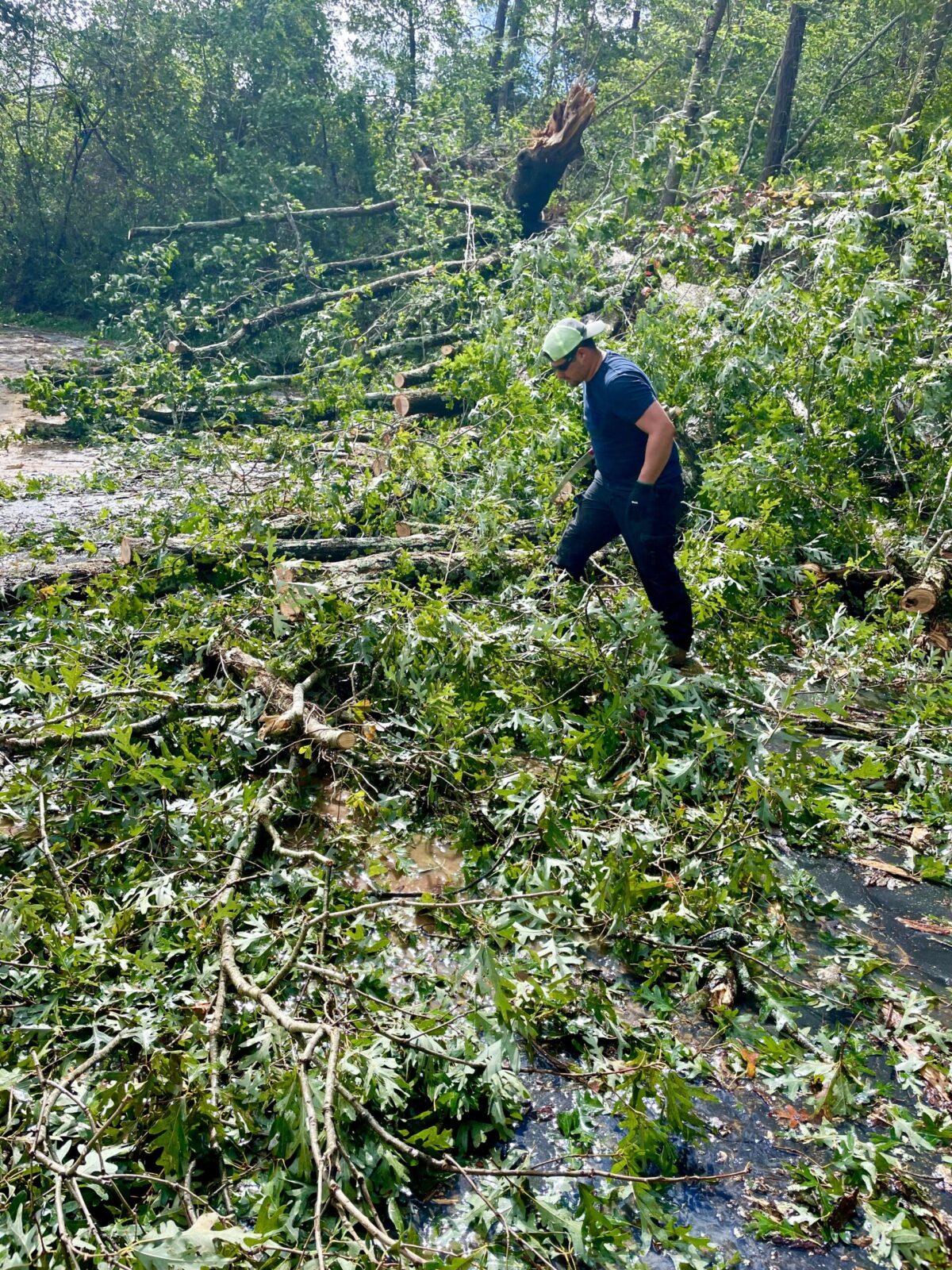Sign up for daily news updates from CleanTechnica on email. Or follow us on Google News!
If you’re experienced with EV road tripping, you know where your vehicle’s “sweet spot” for charging is. Every EV has a fast charging curve, with the fastest charging happening at lower percentages and the slowest charging happening as the battery approaches 100%. For this reason, it’s almost never a good idea to charge past 80%, and many people charge from 10–60% to make sure every charging stop happens at the highest speeds.
I actually had this happen to me on my most recent road trip for a while. Despite towing a trailer and getting terrible range in my Bolt EUV, I was able to charge it from 10–60% or 10–70% for several stops in a row. When stations are spaced right and you can make this happen, it’s a bit like being the main subject of the 1983 song Break My Stride, by Matthew Wilder.
Ain’t nothing gonna break your stride. Nobody gonna slow you down. Oh no. You got to keep on moving. Charge more than the minimum needed to get to the next stop? No way. You’re on a roll and now you pray it’ll last.
But, the charging network often doesn’t let you get away with it. It literally breaks your stride!
10–60% Isn’t The Same For Everyone
As the EV market grows, and more models appear, a rather large number of variables are creeping into the question of range. These include:
- The battery size of the vehicle
- The weight of the vehicle
- The efficiency the vehicle gets
- How fast you drive it
- Whether you’re towing with it
- How the individual vehicle’s charging curve works
- Weather (especially wind)
- Terrain
Even with the same make and model of vehicle, if one person takes it easy and road trips alone while the other guy puts a family member in each seat and stuffs the car with luggage before driving 90 mph, the number of miles each person gets out of the 10–60% range will be pretty different. So, there’s really no formula for station spacing where you can make sure everyone hits their stride and gets a great highway driving experience.
My Experience Hitting My Stride With An Unusual Vehicle Loadout
On my most recent road trip, I went across Oklahoma on I-40. Prior to Oklahoma, I kept having to charge to 80% or more to make it to the next one. This meant that I’d charge for an hour and drive for an hour and a half or charge for an hour and a half (to full) and drive for 2 hours. This obviously sucks, as I’m spending almost half the time charging. Yes, I know it’s stupid to tow with a Bolt, but needing to top up really high made the experience even worse.
But, when I got into Oklahoma, things changed for the better. Between GM’s stations at Pilot and Flying J truck stops, Electrify America, Francis Energy, and various other stations funded with Volkswagen Dieselgate and NEVI money, there were a lot more stations to choose from along the road. In some cases, the gaps were only 40–50 miles, and as I approached Texas, some stations were only 15–20 miles apart!
When there were so many stations, I was able to do consecutive 10–60% and 10–70% charges. This meant charging for 30–40 minutes and then driving for a few minutes over an hour. This means that instead of spending half my time charging, I was able to spend only 30% of my time charging. The experience was a lot more pleasant and I covered more ground faster.
But, when I got to Texas, I hit a big gap where I had to start charging almost to full again, and things slowed way down. That’s when I realized how bad things were.
Obviously, I have a very unusual situation towing with a Bolt, but seeing the difference made it pretty clear that more infrastructure is needed, not only to reach destinations, but for normal EVs not towing to reach destinations faster.
The Problem Of Multiples
Again, if everyone drove the same EV with the same load at the same speed in the same weather, it would be easy to locate chargers along highways. Charging companies could simply divide the known range along that ideal hypothetical stretch of road by two and put the stations roughly that far apart. Problem solved!
In the real world, we can’t do that. Not only is everyone’s 10–60% spacing going to be different, but everyone’s doing it over and over going along the highway. So, placing stations every 50 miles means that eventually every EV ends up needing to stop too early or charge more to make it to the next one. Eventually, no matter how great the range or how amazing the charging network, spacing every 50 miles means someone gets their stride broken.
“Quantity Has A Quality All Its Own”
As Joseph Stalin supposedly said, quantity can sometimes make up for quality. Ideally, we’d have EVs that have a long, flat charging curve that holds a great speed all the way up to 80–90% instead of advertising a peak speed that quickly goes away in the real world. Since we don’t, one way to make up for this would be to have lots and lots and lots of charging stations.
To make sure everyone’s multiples can always land on half the vehicle’s range, stations need to be put along highways as often as possible. Basically, every place that currently sells gas needs to have at least a couple of stalls, if not four or eight. This approach of having a few stalls every ten miles would be superior to megastations with dozens of stalls every 50 miles because everyone would have an easier time keeping the 10–60% stride up. Ultimately, we could have the same number of stalls, but give everyone a much better road trip experience than we would with consolidation.
This would also have the added benefit of keeping too many eggs from being in one basket. A power outage, some drunk crashing into a pole, or a smaller natural disaster like a tornado wouldn’t shut down a whole highway if it took down a key station with dozens and dozens of stalls. Instead, the pain would be more spread out as people move on to the next station or the one after that with the remaining 10% range.
Featured image by Jennifer Sensiba.
Have a tip for CleanTechnica? Want to advertise? Want to suggest a guest for our CleanTech Talk podcast? Contact us here.
Latest CleanTechnica.TV Videos
CleanTechnica uses affiliate links. See our policy here.






